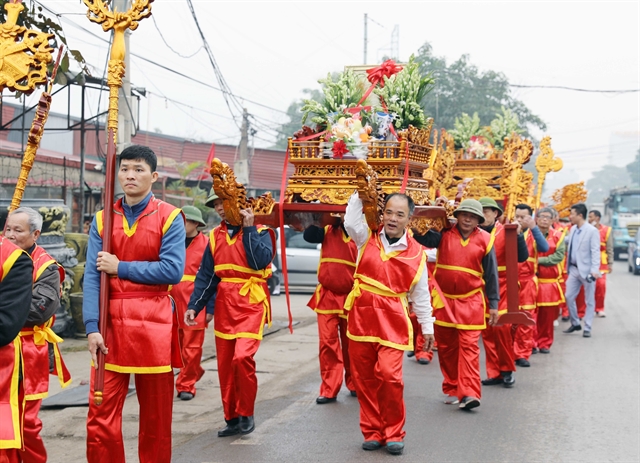 Life & Style
Life & Style

 |
| Tourists enjoy their dinner at Banthat Thong Street in Ratchathewi District, Bangkok, Thailand. VNS Photo Nguyễn Hằng |
By Nguyễn Hằng
Thai street food is increasingly recognised as a form of soft power that contributes significantly to the country’s tourism revenue.
The Thai capital Bangkok boasts a vibrant and diverse street food scene. Among its most popular culinary hotspots is Banthat Thong Street in Ratchathewi District, a bustling area right in the heart of the city, renowned for offering a wide variety of local delicacies.
This year, Bangkok was ranked the world’s second-best city for food by British media and hospitality company Time Out, up from sixth place the previous year.
According to The Nation, a 2024 assessment by Kinetic Consulting, revealed that 53 per cent of international tourists now view Thailand as a "distinctive culinary destination", a notable increase from 44 per cent in 2023, placing it second only to Japan in global perception.
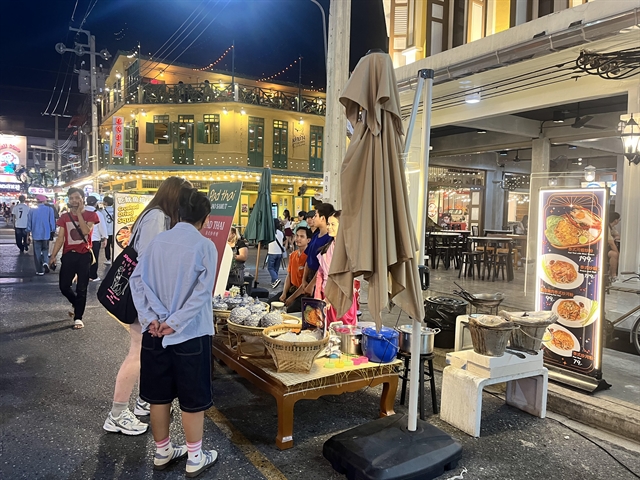 |
| Two British tourists at a Pad Thai food stall in Banthat Thong Street in Ratchathewi District, Bangkok, Thailand. VNS Photo Nguyễn Hằng |
“It’s our first time here and we think the food is really cool,” said Anna Robinson, a British tourist visiting the street with her travel companion. “There's a lot of different food options and we like it all.”
She likes Pad Thai the most, followed by mango sticky rice.
Another UK visitor, Angela Rowland added: “The food is delicious and really cheap. For the price, the quality is good.”
She also praised the cleanliness and hygiene. “Many of the kitchens are visible, so you can actually see how food is prepared. The staff and dining areas are very clean, it feels safe and hygienic,” she said.
Vietnamese visitor Phương Uyên, from HCM City, said this was her third trip to Thailand. She often walked and ate around the same area during each visit.
“My favourite dish is crab rice,” she said. “Everything here is clean, safe, and up to standard, it’s perfect for me.”
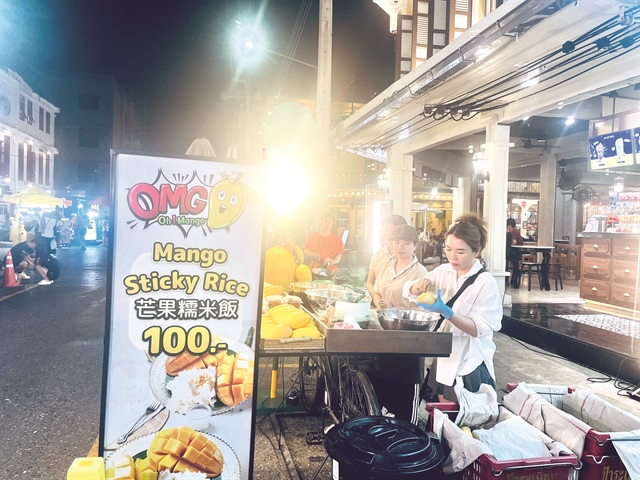 |
| Naphatsorn Sirapiromsopon (first, right) at her mango sticky rice stall in Banthat Thong Street in Ratchathewi District, Bangkok, Thailand. VNS Photo Nguyễn Hằng |
Naphatsorn Sirapiromsopon, who runs a mango sticky rice stall, said freshness and consistency were key to attracting tourists.
“Pad Thai and instant noodles with seafood are especially popular, particularly among Chinese tourists,” she said. “Mango sticky rice is also a firm favourite.”
 |
| Supawan Teerarat, president of Thailand’s National Food Institute (NFI). VNS Photo Nguyễn Hằng |
Supawan Teerarat, president of Thailand’s National Food Institute, said that street food exemplifies the country’s soft power.
“Because when the tourists or travellers experience the street food, they really explore the local charm of the destination,” she said.
To control food safety, the Bangkok Metropolitan Administration, in collaboration with the Ministry of Public Health’s Department of Health Promotion, has implemented a range of safety standards.
These include the 'Clean Food, Good Taste' campaign, which has recently evolved into 'SAN Plus', a more rigorous version focused on four key principles of cleaning, cooking, chilling and contamination control.
Vendors must register with local authorities and undergo training on food management, hygiene and presentation.
Those who meet the criteria are awarded the certification.
Thailand has also introduced the 'Mass Catering' certification, tailored for street food vendors, restaurants and even hotels.
Adapted from GMP (Good Manufacturing Practices) standards, the certification ensures proper hygiene and food safety, particularly when serving large groups.
Thailand helps vendors prepare for certification through consultations and on-site assessments.
“Subsidies are available through the mutual fund to support small businesses in improving their food safety practices,” Supawan Teerarat said.
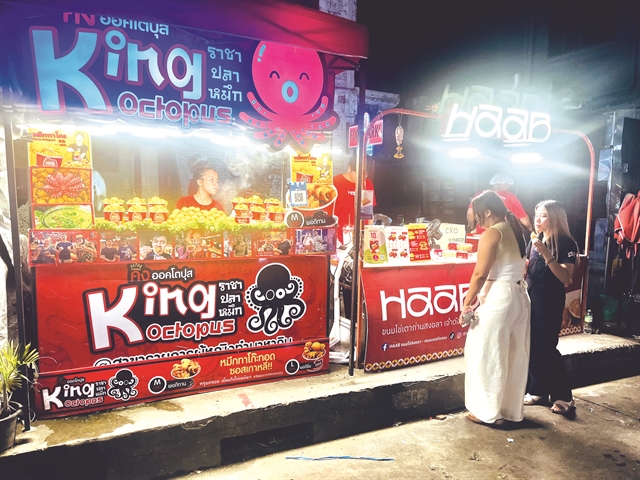 |
| Tourists at a food stall in Banthat Thong Street in Ratchathewi District, Bangkok, Thailand. VNS Photo Nguyễn Hằng |
Food represents the largest segment of Thailand’s soft power strategy, according to Supawan.
In response to post-pandemic challenges, particularly a shortage of professional chefs, the Government has launched initiatives to train culinary ambassadors.
Professional chefs can also help create more of the cuisine to the visitors and to the audience across the world.
Also, when food has been promoted, automatically the ingredient can be sold. It also attracts tourists to come to Thailand to experience the real cuisine.
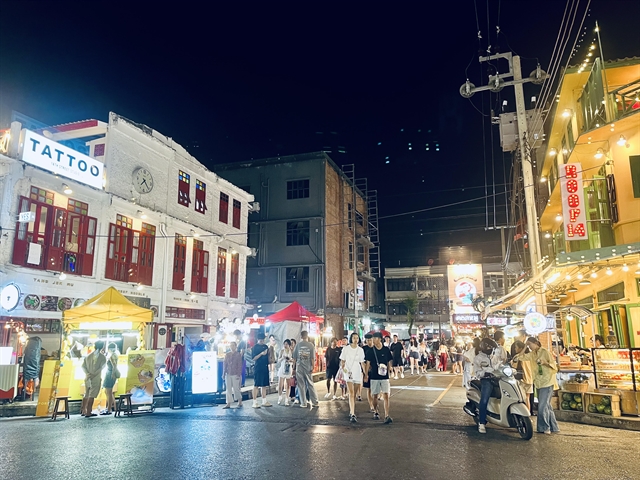 |
| A corner of Banthat Thong Street in Ratchathewi District, Bangkok,Thailand. VNS Photo Nguyễn Hằng |
Through the Thai MasterChef programme, the Government has developed 50 authentic Thai recipes and a 250-hour training course.
The first cohort of 1,300 chefs has already completed the programme over the past four to five months, with a target of 70,000–75,000 chefs by 2027.
The initiative works in tandem with the ongoing Kitchen of the World campaign, which has run for over a decade.
Its goal is to elevate Thai cuisine, both traditional and fusion, on the global stage by showcasing the country’s culinary diversity and rich array of ingredients.
“Thailand aims to be the Kitchen of the World because we believe that the ingredients from Thailand, the menu, and the restaurants produce the attraction for tourists to come here and buy more products, and so on,” Supawan said. VNS




